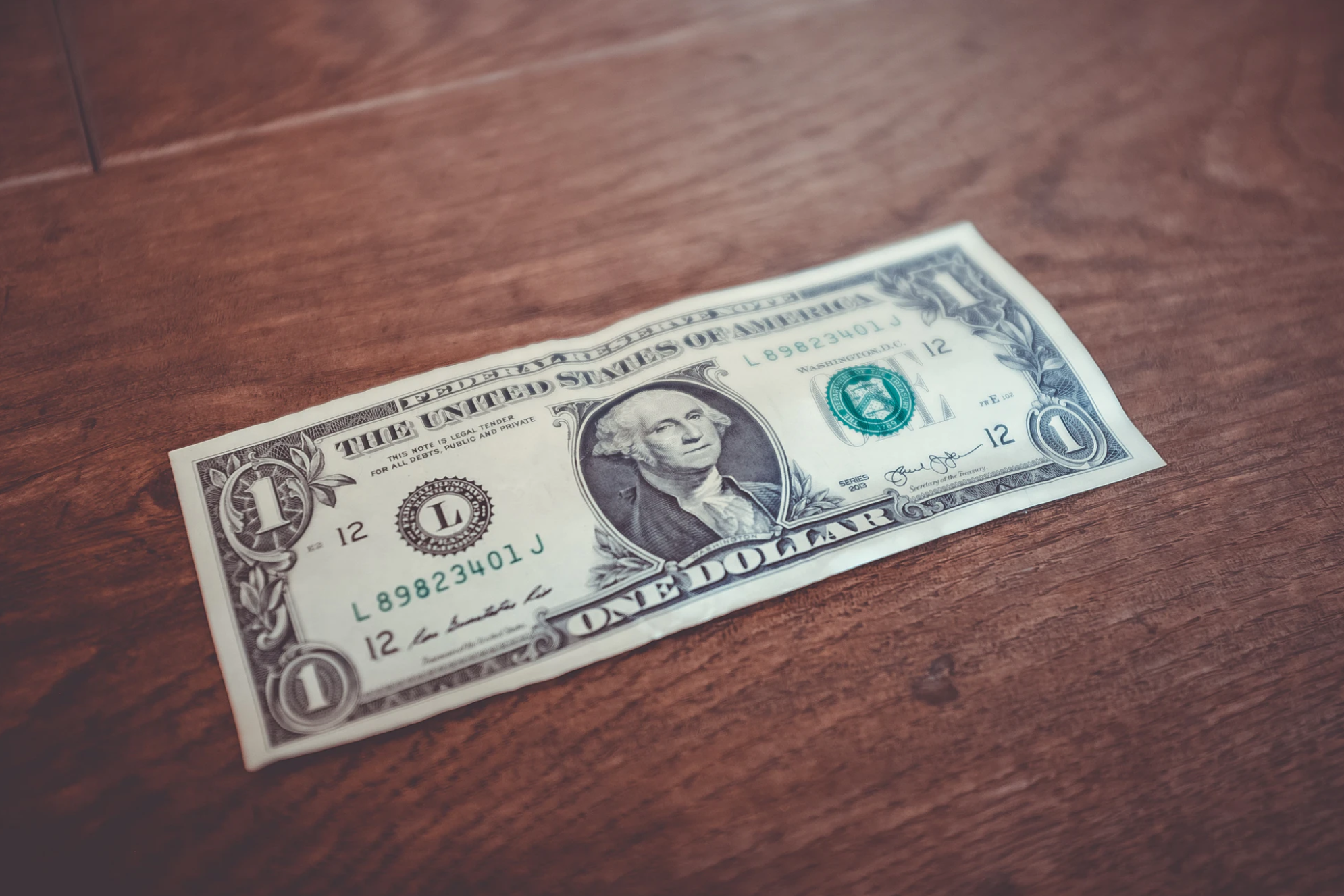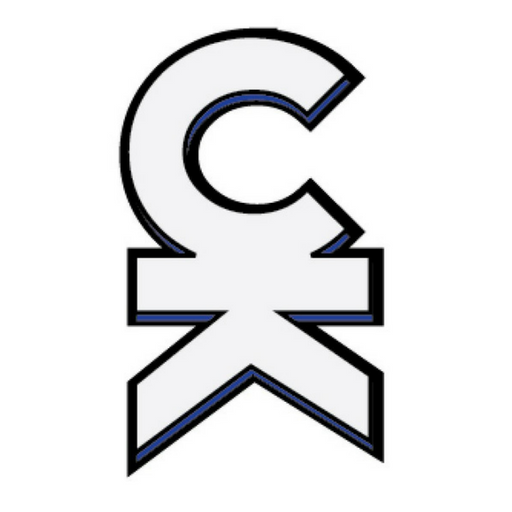How to get the most out of your bank accounts

Bank accounts aren’t sexy. They aren’t attention-grabbing. They don’t come up in conversation at parties.
At least they shouldn’t, because that sounds like an awkward party.
But that doesn’t mean they aren’t important to understand. Bank accounts may not be the most thrilling subject matter, but it is essential to know where your money is and what it’s doing. This knowledge will help ease your financial stress and develop your financial literacy.
Plus, bank accounts are an integral part of your financial foundation, as you’ll use them for your short-term money.
The three main types of bank accounts:
1. Checking account
2. Savings account
3. Credit card account
An easy overview of checking and savings accounts
Think of checking accounts and savings accounts as homes for your hard-earned money. Both of these are considered deposit accounts (i.e. you can put money in and withdraw money from them). However, they serve different purposes.
A checking account is meant for active, daily use. It’s highly accessible – usually through the use of a debit card – and generally has no withdrawal restrictions, meaning you can take out money as often as you need. On the downside, checking accounts do not offer substantial interest rates (they’re pretty much 0%).
A savings account is meant for – you guessed it – saving. It offers a higher interest rate, meaning the money in the account grows over time. However, savings accounts typically have withdrawal limits, as they are not meant to be actively used.
Take advantage of both of these accounts. Utilize a checking account for your short-term money (i.e. money for active, regular expenses) and utilize
Credit card basics
The last type of account we’re going to cover is a credit card account. Unlike deposit accounts, which involve your existing money, a credit card is a form of short-term debt. In other words, you’re borrowing money that you’ll owe at a later date.
When you use a credit card, you’re buying on credit (hence, a credit card). The financial institution that sponsors your card temporarily covers the cost of anything you buy with it. They do this under the assumption that you are a credible person and will pay them back.
But they aren’t just taking your word for it. When you apply for a credit card, financial institutions will look at your income, existing debt, and credit history to determine if you’re a worthy candidate. Based on this information, they’ll either reject your application or accept it and assign you a credit limit
Reasons applications would be rejected:
1. Little to no income. Most financial institutions aren’t willing to take the risk of lending to someone who doesn’t make much money. Less income equals a lower probability of repayment.
2. Too much existing debt. Higher debt equals a higher chance of bad debt (i.e. default and failure to repay).
3. Bad credit history. If you’ve defaulted on loans in the past or have a habit of late payments, a financial institution is going to think twice about lending to you.
Your financial institution tracks your credit card spending over a period of time (usually a month), and then sends you a bill. Let’s say you open up a credit card account with Bank of America in January. That same month, you use your card to buy $1,000 worth of goods and services. By month-end, you’ll receive a report detailing all of your card purchases for the month. However, you won’t actually owe any money yet. Why? Because your credit card payments are based upon your prior billing period, not the current one. Since it’s your first statement, you won’t have a previous balance. So you won’t owe that $1,000 until the next billing period arrives at the end of February.
That’s the basic concept of a billing cycle.
Other key credit card concepts:
Limit: your credit card is controlled by a spending limit that your financial institution will assign to you. Your limit is mainly derived from your income and your credit score.
Last statement balance: you’ll find this on each of your credit card bills. It represents all of your spendings in the previous month and the amount you owe. Continuing with the above example, you didn’t have a last statement balance at the end of January, because you didn’t have a prior statement. That $1,000 will be the last statement balance on your bill at the end of February.
Minimum payment: your credit card company will provide a minimum payment amount on each of your bills. Assuming you frequently use your credit card, your minimum payment will be drastically lower than your last statement balance. You should never only pay the minimum payment.
Annual percentage rate (APR): this is a fancy way to say interest rate. It only comes into play when you don’t pay the entire balance on your last statement. If you only pay $500 of that $1,000 bill, you’ll then be charged interest on that remaining $500 until you pay it. Do not get into this habit.
If you take anything away from the above concepts, it’s that you should always pay the entire last statement balance on your bill. This not only avoids interest payments but also keeps your credit score up.
Credit card advantages
Now that you’ve got the basics of a credit card down, let’s address some advantages of credit cards:
1. Improved credit score: If you use credit cards properly, you’ll see your credit score increase. This will make it easier to apply for mortgages, car loans, increase your credit limit, etc.
2. Rewards programs: Most major credit card companies offer rewards programs, including cashback, airline miles, and discounts.
3. Security: Credit card companies will protect you from fraudulent use of your card (i.e. unauthorized purchases or charges).
4. Organization: each time credit card companies send you a bill, they’ll include an itemized list of your transactions. This list can be downloaded as an excel file and efficiently incorporated into your budget.
Warning: credit cards can get you in trouble
Credit cards can have a lot of benefits if you use them properly. But there is some risk involved. I cannot reiterate this enough. Excessive, reckless spending can get you in trouble. If you’re spending more money than you actually make or have, your credit card debt is going to rise and you’ll find yourself in a financial hole. That’s where mindful spending and budgeting come into play. Track expenditures with a budget and practice proactive spending habits to keep yourself accountable.
The purpose of bank accounts
Take advantage of bank accounts to effectively manage your money. To review, short-term money should be kept in a checking account and emergency money should be stored in a savings account. By doing so, your active expenses are covered and your emergency money is accessible and set up to grow.
To maximize your credit card perks, use it to fund your daily expenses, and then use your checking account to make your credit card payments. Always pay your entire last statement balance, and you’ll avoid interest payments altogether. Make sure to track your expenses to make sure you’re not spending more than you’re earning.
You’ll then reap the benefits of credit card reward programs and also establish two pillars of your financial foundation.
Financial stability here we come!

Carter Kilmann
Freelance writer for hire who you may desire, so please inquire if you admire or require a content provider.
Sorry, I think I'm clever sometimes.
Like what you see? Feel free to check out my portfolio. Need content? Copywriting? Editing? Check out my services.
